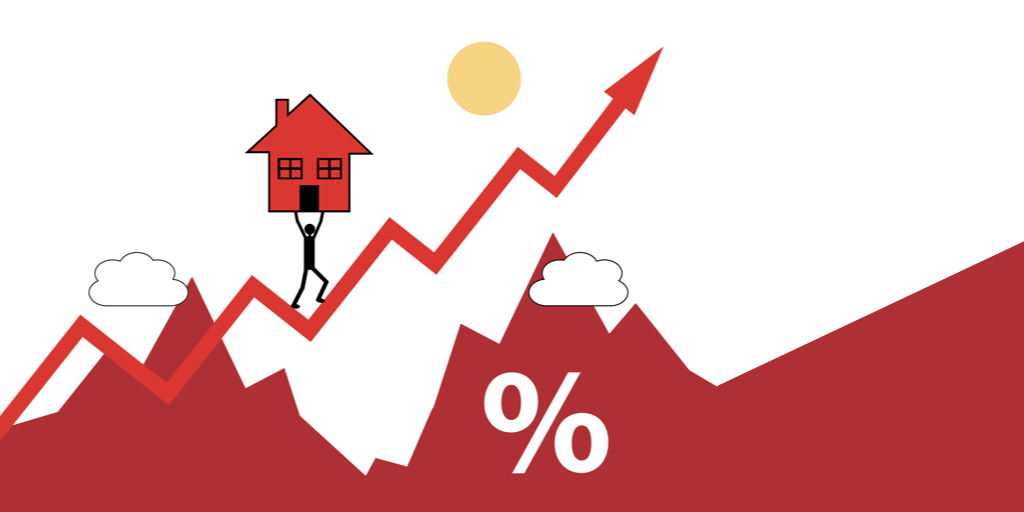
A century ago, most people passed away soon after they retired. Life spans were decades shorter than they are today, and people literally worked right up until the day they died.
Today, when a retiree at age 65 can expect to live an additional generation or more beyond retirement, many older adults are embarking on encore careers or transitioning into satisfying volunteer activities. But retirement itself begs the larger question: how do we do it?
How to Live in Retirement
Parents prepare us to enter primary school, often getting us accustomed to being away from home in nursery school or a daycare setting. Then college prepares us (more or less) to enter the workforce.
But while there are financial planning and retirement planning experts, such as reverse mortgage professionals, who focus on the practical aspects of having enough money to live on in retirement, no one teaches older adults how to be retired, maintains Joseph Coughlin, founder of MIT’s AgeLab and author of The Longevity Economy.
He writes, “Retirement is perhaps the largest purchase you will ever make. And it is a purchase.” This makes sense: we “buy into” every other age and life stage. “Retirement clients need a new engagement experience in order to suspend many of the wants of today for the sake of planning, let alone saving, for tomorrow.”
We see the signs by gated or nicely landscaped entrances: “Active 55+ Community”, and maybe we’re curious…what is life like on the inside? The blog for a leading developer of US retirement communities posted an interesting piece last month: Can Retirement Communities Make You Happy?
I expected to read some wisdom akin to what Coughlin discusses, but the post focused on healthy activities (tennis, walking, bocce, golf…), living in a home that accommodates aging in place (ranch-style), and amenities such as security, and medical services nearby.
Granted, these are all essential features of optimal retirement living, and no doubt contribute to happiness. But are such superficial features sufficient to define retirement living? As one 50-something business professional I spoke with about this topic opined, “How much golf can you play?”
Finishing Well
Our later years can be an opportunity to dive deeper into meaning, if we’ve not done so earlier in life: what has my life been about? Have I fulfilled my purpose? Could I now mentor others?
This what we explored in posts on retiring right, and shifting “from aging to sage-ing”, as wisdom teacher Rabbi Zalman Schacter-Shalomi describes creating a highly positive old age suffused with purpose.
He says, “[Retirees] may consider going back to work, but for many elderly people that would be neglecting what they most need to do, which is to harvest their lives. Anything that takes one away from that task leads to depression; anything that will further that task brings elation: ‘Ah, that’s what I need to do right now!’
“Part of the harvesting process involves letting go of old grudges, doing one’s energy budget and figuring out how much life energy is tied up in not forgiving.
“This is all part of what I call ‘life repair,’ which also includes paying attention to intergenerational relationships and finding the pearls in anxious memories.”
HECM and Higher Purpose
While it may sound a trifle unusual, using one’s home equity to power a purposeful retirement could hold appeal to elders who are ready to explore meaning and generativity (guiding future generations) in their later years.
It’s not only a smart investment strategy; this idea might be particularly relevant for Boomers, many of whom came of age during the height of the personal growth era. If they deferred this focus while building a career and raising a family, retirement could be the calling card to turn inward and be of service to younger generations.
And if a high-powered senior eschews both retirement and exploring higher purpose? The workforce will welcome them back with gratitude and open arms, says this New York Times piece on unretirement and senior work fulfillment. Either way, it’s a win.










No comment yet, add your voice below!